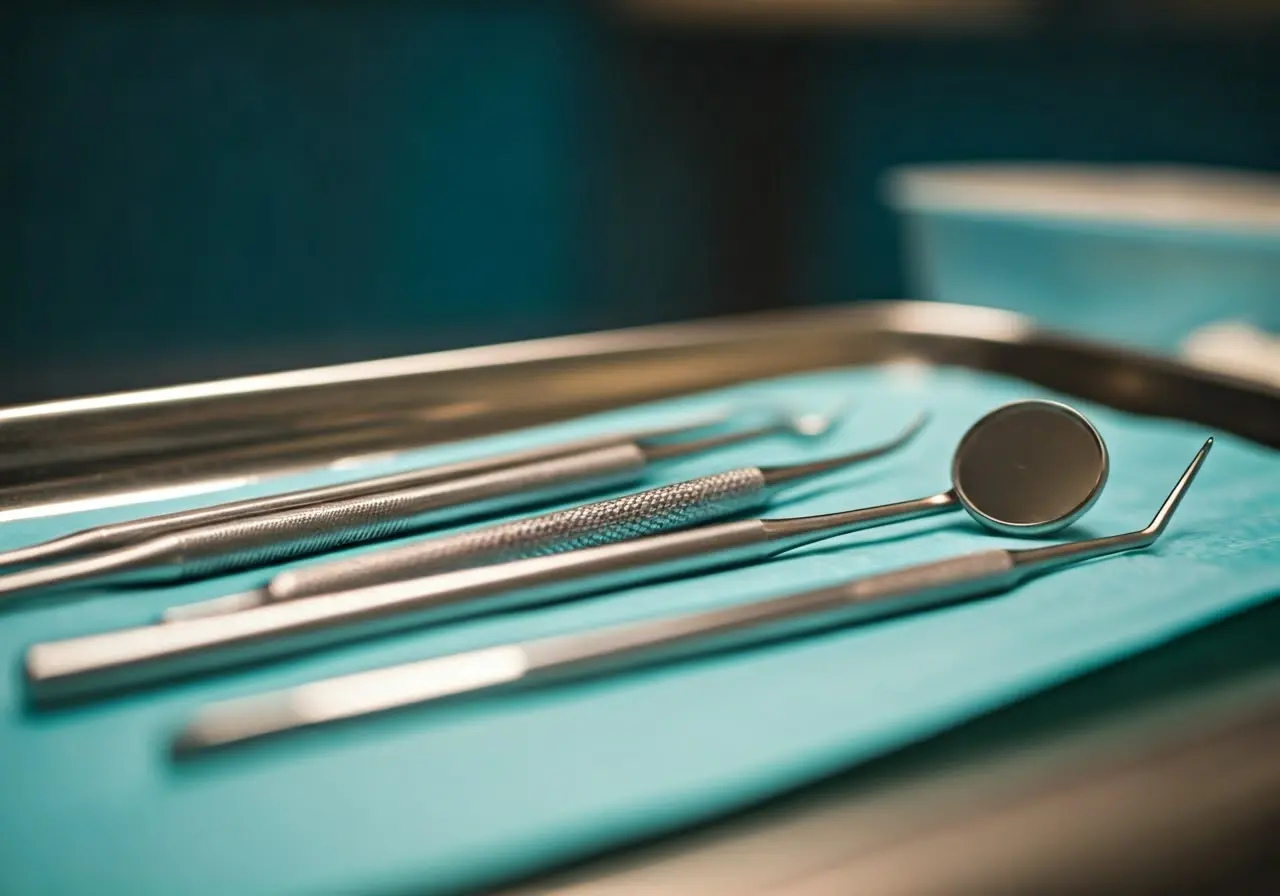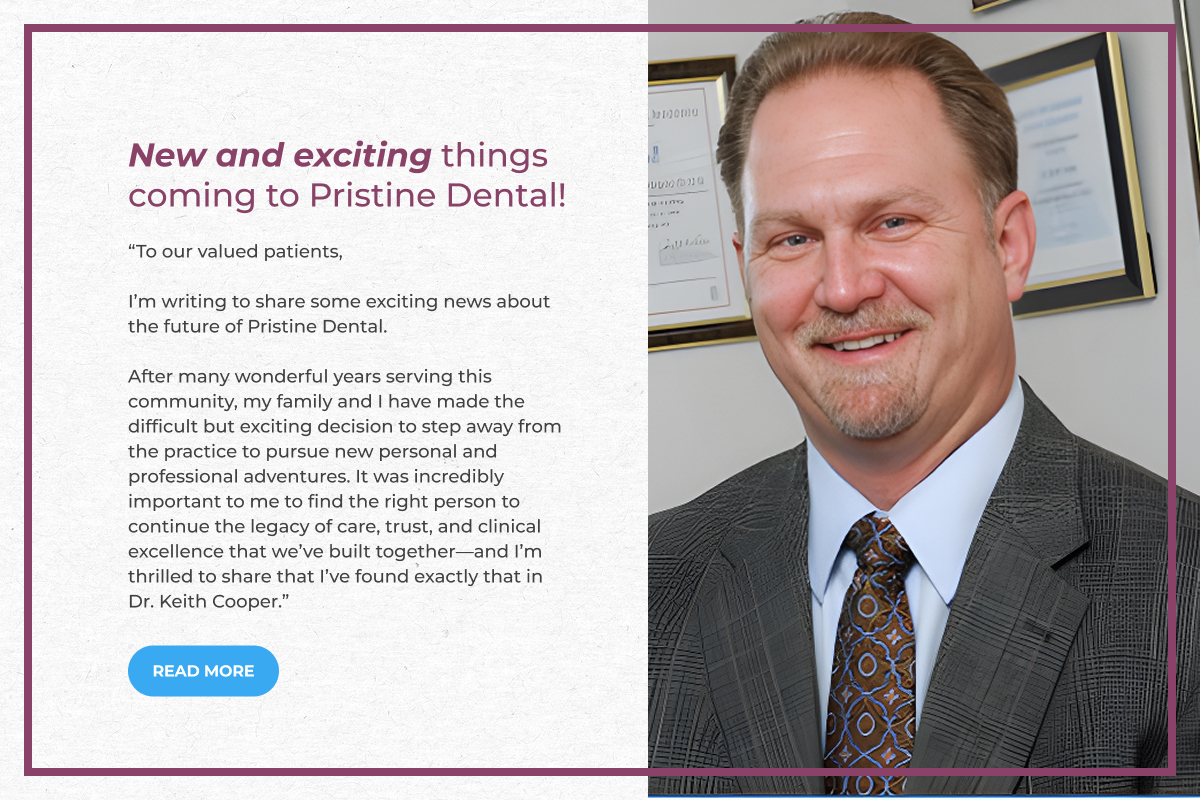Visiting the dentist for a wisdom tooth consultation can feel intimidating, especially if you’re unsure about what to expect. In this guide, we’ll walk you through the steps of a typical consultation to help ease your nerves and prepare you for what lies ahead.
Initial Examination and Discussion
Your consultation will likely begin with an initial examination. The dentist will ask about any symptoms you’re experiencing and take a brief medical history. This helps them understand your overall oral health. They’ll want to know if you’ve had any pain, swelling, or issues with your bite, which can all be indicators of underlying problems with your wisdom teeth.
After addressing your symptoms, the dentist will take time to explain the potential impact of your wisdom teeth on your oral health. This discussion is crucial, as it helps you understand why monitoring or removing these teeth might be necessary. By setting the stage with this dialogue, the dentist aims to make you comfortable and well-informed about every step that’s to follow.
Taking X-rays
X-rays are commonly taken during a wisdom tooth consultation. They provide a clear view of the position of your wisdom teeth and any potential issues such as impaction or crowding. This imaging is essential for planning any necessary treatments and ensures that both you and the dentist have a clear picture of what lies beneath the surface.
X-rays not only show the position of your wisdom teeth but also their development status. This detailed imaging helps in assessing how these third molars are aligned with your other teeth and what intervention might be needed if they pose risks like misalignment or tooth decay due to their often inaccessible location.
The consultation may also involve discussing the types of imaging tools used, such as 3D cone beam CT scans, which offer a more comprehensive view of your dental anatomy. These advanced technologies ensure the dentist can accurately diagnose and plan for any potential removal if necessary.
Discussing Potential Problems
Based on the examination and X-rays, your dentist will discuss any potential problems your wisdom teeth might cause. This could include pain, infection, or alignment issues with your other teeth. Providing you with a complete picture of your oral health allows you to understand the necessity of addressing these issues sooner rather than later.
Wisdom teeth can sometimes grow at awkward angles, pressing on adjacent teeth and causing considerable discomfort. Your dentist will inform you if such complications are apparent and discuss preventative measures or treatments aimed at minimizing damage and maintaining oral health. An engaging conversation about these risks is key to a clear understanding of your dental needs.
Creating a Treatment Plan
If issues are identified, your dentist will recommend a treatment plan. This may involve monitoring the teeth or scheduling extraction if necessary. They’ll explain the procedure and answer any questions you may have. This transparent communication is important for setting expectations and ensuring you feel comfortable with the proposed plan.
The treatment plan may also consider your personal preferences and any past dental experiences that could influence your choice of treatment. The aim is to align the dental care approach with your lifestyle and comfort while ensuring optimal health outcomes.
Discussing anesthesia options is another crucial part of planning. Dentists at Pristine Dental will talk you through choices like local versus general anesthesia, detailing the pros and cons of each so that you can select the one that best suits your comfort and the complexity of your expected procedure.
Financial considerations are also discussed at this stage. Your consultation will include valuable insights into treatment costs, insurance options, and payment plans to make your dental care as accessible and stress-free as possible.
Wrapping Up Your Wisdom Tooth Consultation
A wisdom tooth consultation is a simple and stress-free process that provides valuable insights into your oral health. By understanding what to expect, you can approach your appointment with confidence, knowing that you’re making informed decisions about your dental care.



